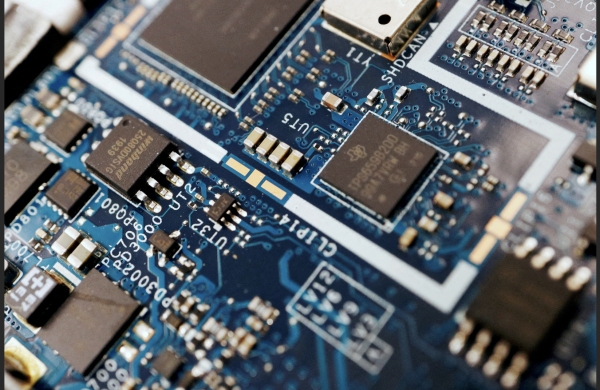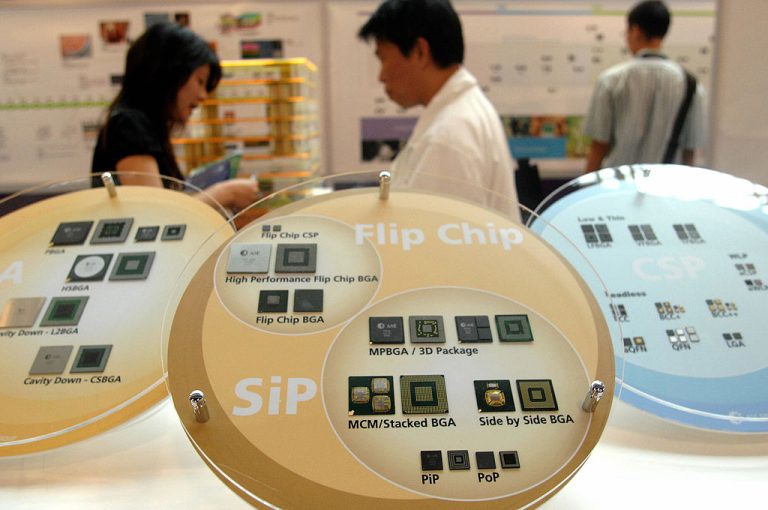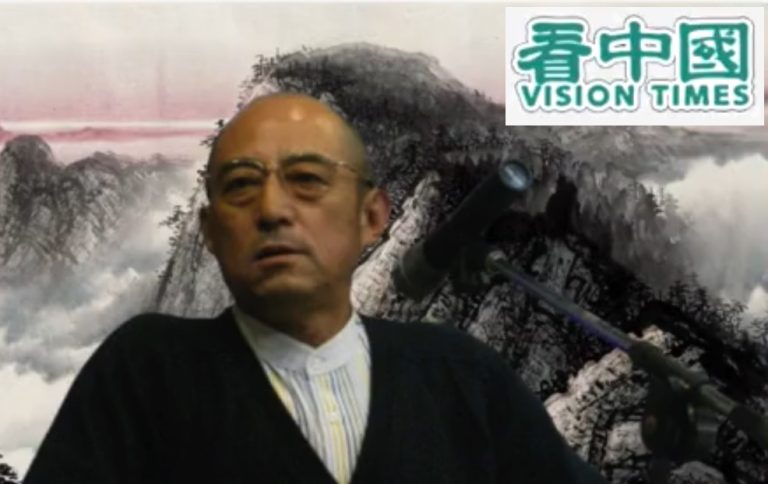A recent report by the U.S.-Taiwan Business Council, and the Project 2049 Institute think-tank, highlights the potential economic and military consequences for the United States in the event of a mainland Chinese invasion of Taiwan.
According to the report, released on June 21, the U.S. government relies heavily on Taiwan for advanced semiconductors — and any disruption in the supply chain could have devastating effects on the nation’s economy and national security.
The report emphasizes that the risks have escalated due to Beijing’s increasing military aggression towards Taiwan and its attempts to create a rift between the United States and Taiwan. It warns that disruptions in the semiconductor supply chain, particularly in Taiwan, could have severe repercussions for U.S. critical infrastructure and national security.
Taiwan leads the charge in the semiconductor field
The significance of Taiwan in the global tech ecosystem cannot be overstated, the report highlights. A disruption to the island nation’s manufacturing capacity would not only damage the U.S. economy, but also impede its military development. Projections estimate that a loss of access to Taiwan-made chips could lead to a decline of 5-10 percent in the U.S. gross domestic product — equating to a staggering $1.2-2.4 trillion, based on 2022 figures.
Furthermore, such a loss would have a stock market impact comparable to or even surpassing that of the COVID-19 pandemic, resulting in substantial drops in the Dow Jones and the S&P 500, the report notes.

Success
You are now signed up for our newsletter
Success
Check your email to complete sign up
It also underscores how Taiwan has played a critical role in the entire technology ecosystem, and emphasizes the far-reaching consequences a disruption caused by a Chinese invasion or natural disaster would have on global economies. The report highlights that compromising Taiwan’s national security would not only affect the global supply of semiconductors, but also have detrimental effects on American, global, as well as Chinese-owned economies.
“A serious conflict in the Taiwan Strait could significantly and negatively impact not only Taiwan but also the rest of the world, including China,” the report states.
In terms of U.S. military readiness, the report points out that Taiwan and South Korea are the sole sources for the U.S.’ most advanced semiconductors — which are crucial for advanced aircraft, technology, and weaponry. While the U.S. military engages in “lifetime buys” to ensure semiconductor availability for the lifespan of weapon systems, certain military systems still rely on access to state-of-the-art technologies — making them vulnerable to disruptions and changes in the manufacturing process.
Catastrophic
The report also sheds light on China’s concerns regarding U.S.-Taiwan cooperation. The Chinese Communist Party (CCP) claims Taiwan as part of its territory and is committed to preventing international recognition of its de facto independence. The CCP’s five-year plan aims to establish China as a world leader in semiconductor technology by 2030, which could provide further motivation for the regime to conquer Taiwan and seize its semiconductor manufacturing capabilities.
“Potential risks to the semiconductor supply chain are especially acute in Taiwan, given its complex political situation and the challenges posed to it by China,” the report says.

In recent years, the CCP has intensified its intimidation tactics against the island nation by employing increasingly aggressive military and diplomatic threats. The Communist Chinese regime’s actions aimed to undermine Taiwan’s sovereignty, isolate it diplomatically, and restrict its international recognition reached a boiling point following the visit of then-U.S. House Speaker, Nancy Pelosi, in August, 2022.
READ MORE: Beijing Releases White Paper on ‘Taiwan Question’
Through these coercive tactics, the CCP seeks to consolidate its authority and prevent any challenge to its narrative of unification, posing a significant threat to regional stability and the principles of democracy.
Formally known as the Republic of China (ROC), Taiwan has preserved its de facto independence and self-governance; its government once ruled all of China before Communist rebels overtook the mainland in 1949. However, the CCP views Taiwan as an integral part of its own territory, vowing to retake it by any means necessary — even if that means a military invasion.
The CCP has also secluded Taiwan from the global community by forcing all countries that wish to have a relationship with it to first cut ties with Taipei via its One-China policy. This policy, coupled with Taiwan’s expulsion from the United Nations in 1971, have further isolated the island nation from the rest of the world.
Meanwhile, the U.S. has maintained a delicate balance when it comes to its relationship with Taipei and Beijing. While it does not formally recognize Taiwan as an independent country, it has maintained unofficial ties with the island nation — pledging to support its security and democracy in the event of a communist invasion.













